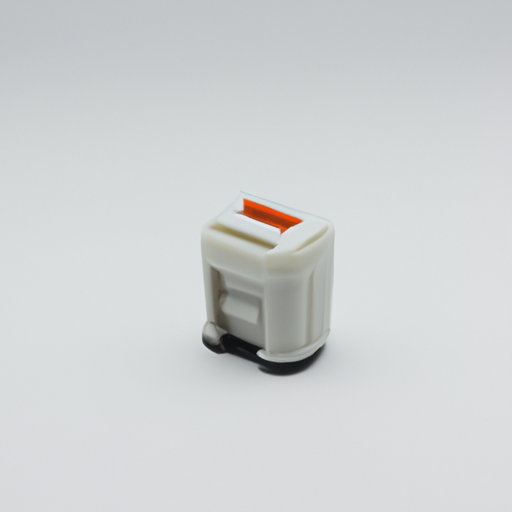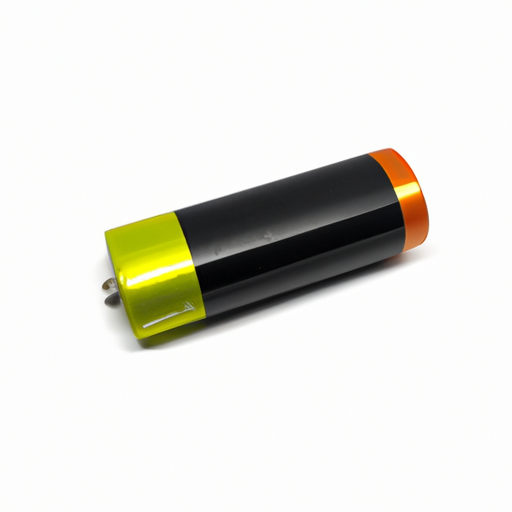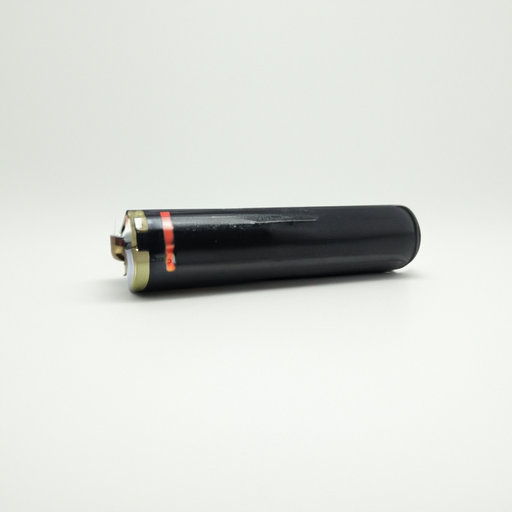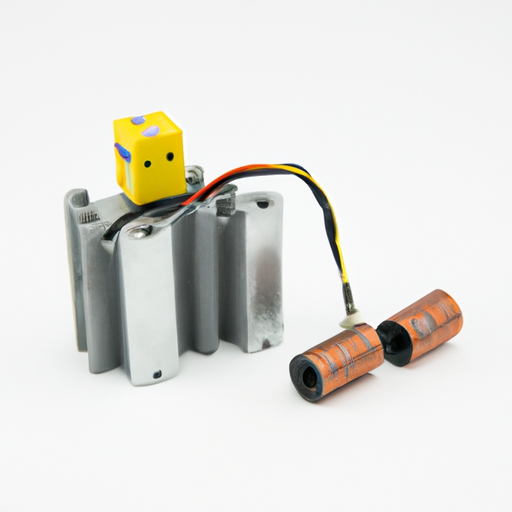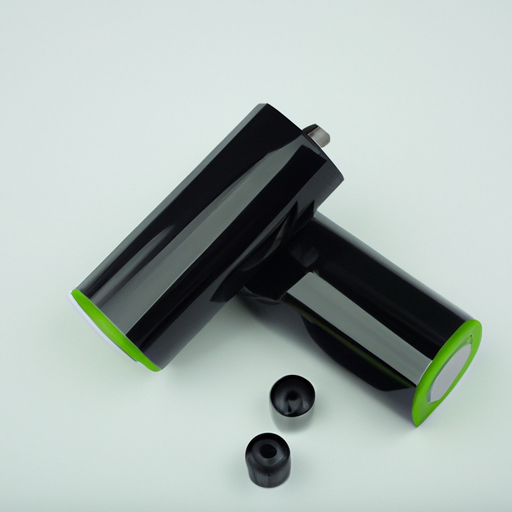What Types of Products are Included in the Battery Holder?
I. Introduction
Battery holders are essential components in the world of electronics, serving as the interface between batteries and devices that require power. They provide a secure and reliable way to connect batteries to electronic circuits, ensuring that devices operate efficiently and safely. The importance of battery holders spans various applications, from consumer electronics to medical devices and automotive systems. In this blog post, we will explore the different types of products included in battery holders, their materials, features, applications, and how to choose the right one for your needs.
II. Types of Battery Holders
A. Standard Battery Holders
Standard battery holders are designed to accommodate commonly used battery sizes, such as AA, AAA, C, D, and 9V batteries. These holders are typically made from plastic and feature simple designs that allow for easy insertion and removal of batteries. They are widely used in consumer electronics, toys, remote controls, and various household devices. The straightforward design of standard battery holders makes them a popular choice for both manufacturers and consumers.
B. Specialty Battery Holders
Specialty battery holders cater to specific battery types and applications. Some of the most common types include:
1. **Lithium-ion Battery Holders**: These holders are designed to accommodate lithium-ion batteries, which are commonly used in smartphones, laptops, and electric vehicles. They often feature advanced safety mechanisms to prevent overheating and short-circuiting.
2. **Rechargeable Battery Holders**: Rechargeable battery holders are designed for batteries that can be recharged multiple times, such as NiMH or Li-ion batteries. They are often used in devices that require frequent battery replacement, providing a sustainable and cost-effective power solution.
3. **Coin Cell Battery Holders**: Coin cell battery holders are specifically designed for small, round batteries, such as CR2032 or CR123A. These holders are commonly found in watches, calculators, and small electronic devices, providing a compact and efficient power source.
C. Multi-Battery Holders
Multi-battery holders are designed to hold multiple batteries simultaneously, allowing for increased power capacity in a single unit. These holders are often used in applications where higher voltage or longer battery life is required. The benefits of using multi-battery holders include:
Increased Power: By connecting multiple batteries in series or parallel, devices can achieve higher voltage or extended runtime.
Space Efficiency: Multi-battery holders can save space in devices by consolidating battery storage into a single unit.
Simplified Design: Using a single holder for multiple batteries can simplify the design and assembly process for manufacturers.
III. Materials Used in Battery Holders
The materials used in battery holders can significantly impact their performance, durability, and suitability for specific applications.
A. Plastic Battery Holders
Plastic battery holders are the most common type, offering several advantages:
Lightweight: Plastic holders are lightweight, making them ideal for portable devices.
Cost-Effective: They are generally less expensive to produce than metal holders.
Corrosion Resistance: Plastic is resistant to corrosion, making it suitable for various environments.
However, plastic holders may have limitations in terms of heat resistance and structural integrity under heavy loads.
B. Metal Battery Holders
Metal battery holders, often made from materials like aluminum or steel, provide several benefits:
Durability: Metal holders are more robust and can withstand harsher conditions, making them suitable for industrial and automotive applications.
Heat Dissipation: Metal can dissipate heat more effectively than plastic, which is crucial for high-performance applications.
However, metal holders can be heavier and more expensive than their plastic counterparts.
C. Hybrid Battery Holders
Hybrid battery holders combine materials, such as plastic and metal, to leverage the advantages of both. For example, a hybrid holder may have a plastic body for lightweight and cost-effectiveness, with metal contacts for improved conductivity and durability. These holders are versatile and can be used in a wide range of applications.
IV. Features of Battery Holders
Battery holders come with various features that enhance their functionality and usability.
A. Spring-Loaded Contacts
Spring-loaded contacts are a common feature in battery holders, providing a secure connection between the battery and the device. These contacts ensure consistent pressure on the battery terminals, which is crucial for reliable performance. There are different types of spring-loaded contacts, including:
Compression Springs: These springs compress when the battery is inserted, providing a snug fit.
Tension Springs: These springs pull the battery into contact with the terminals, ensuring a secure connection.
B. Terminals and Connectors
The type of terminals and connectors used in battery holders can vary widely. Common types include:
Screw Terminals: These allow for secure connections and are often used in applications where the holder may need to be disassembled.
Solder Terminals: These provide a permanent connection and are commonly used in PCB-mounted holders.
Snap Terminals: These allow for quick and easy battery replacement, making them ideal for consumer electronics.
Secure connections are vital for preventing power loss and ensuring the longevity of the device.
C. Mounting Options
Battery holders can be mounted in various ways, depending on the application. The two most common mounting options are:
PCB Mount: These holders are designed to be soldered directly onto a printed circuit board (PCB), providing a compact and secure solution for electronic devices.
Panel Mount: These holders are designed to be mounted on the exterior of a device, allowing for easy access to the batteries. This option is often used in larger devices or equipment.
When choosing a mounting option, consider factors such as space constraints, accessibility, and the intended use of the device.
V. Applications of Battery Holders
Battery holders are used in a wide range of applications across various industries.
A. Consumer Electronics
In consumer electronics, battery holders are found in devices such as remote controls, cameras, and portable speakers. They play a crucial role in ensuring that these devices operate reliably and efficiently, providing users with the convenience of battery-powered operation.
B. Medical Devices
Battery holders are vital in medical technology, powering devices such as portable ultrasound machines, blood glucose meters, and heart rate monitors. The reliability and safety of battery holders in medical applications are paramount, as they can directly impact patient care and outcomes.
C. Automotive Applications
In the automotive industry, battery holders are used in various electronic systems, including keyless entry systems, tire pressure monitoring systems, and infotainment systems. The importance of battery holders in vehicles cannot be overstated, as they contribute to the overall functionality and reliability of automotive electronics.
D. Industrial Applications
Battery holders are also used in industrial equipment, such as sensors, control systems, and robotics. In these applications, the durability and reliability of battery holders are critical, as they often operate in harsh environments and require consistent performance.
VI. Choosing the Right Battery Holder
When selecting a battery holder, several factors should be considered to ensure optimal performance.
A. Factors to Consider
1. **Battery Type and Size**: Ensure that the holder is compatible with the specific battery type and size you intend to use.
2. **Application Requirements**: Consider the power requirements, environmental conditions, and space constraints of your application.
3. **Environmental Considerations**: If the holder will be used in extreme temperatures or humid conditions, choose materials that can withstand these environments.
B. Common Mistakes to Avoid
1. **Choosing the Wrong Size**: Selecting a holder that does not fit the battery size can lead to poor performance or damage.
2. **Ignoring Material Properties**: Failing to consider the material properties can result in premature failure or inadequate performance.
3. **Overlooking Mounting Options**: Not considering the mounting options can lead to installation challenges and accessibility issues.
VII. Conclusion
Battery holders are crucial components in a wide range of electronic devices, providing secure and reliable connections for various battery types. Understanding the different types of products included in battery holders, their materials, features, and applications can help you make informed decisions when selecting the right holder for your needs. Whether you are designing a new device or replacing an existing battery holder, considering the factors outlined in this post will ensure optimal performance and longevity.
VIII. References
For further reading on battery holders and related topics, consider exploring the following sources:
- Industry standards and guidelines related to battery holders
- Manufacturer specifications and datasheets for specific battery holder products
- Technical articles and research papers on battery technology and applications
By understanding the intricacies of battery holders, you can enhance your knowledge and make better choices in your electronic projects and applications.

